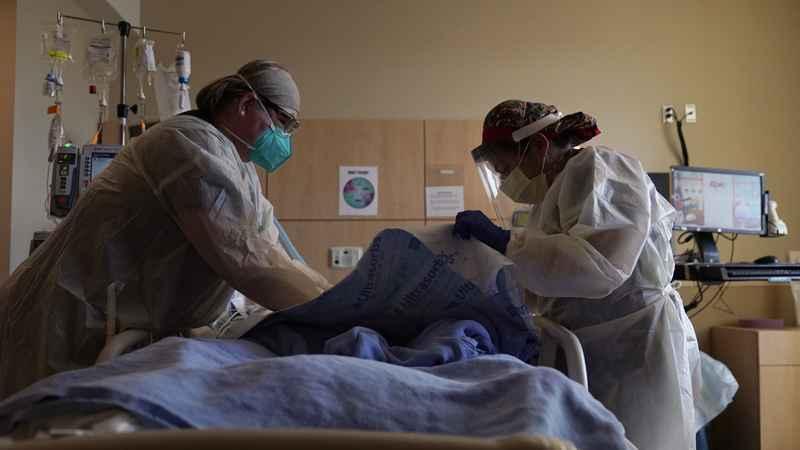Minnesota pandemic pay committee learns from Louisiana experience
[anvplayer video=”5050717″ station=”998122″]
A committee of Minnesota state lawmakers and officials from the Walz administration heard firsthand Tuesday how complicated the process can be to distribute millions of dollars in pandemic bonuses or "hazard" pay.
Two officials from the Lousiana Department of Revenue briefed the Minnesotans on how they distributed $50 million to essential workers last year, one-fifth the amount Minnesota has allocated.
"We’ve heard of all the different models that different states are using to hand out or give out their hero pay and the one that they were doing down in Louisiana looked very interesting to those of us on our committee, so we thought we’d have them give a presentation," Sen. Karin Housley, R-St. Mary’s Point, said at the beginning of the hearing.
The Louisiana officials then outlined the criteria they used to make $250 payments to 200,000 workers in a few dozen job categories, from nursing and long-term care workers to bus drivers and grocery store workers. The workers had to apply for the money and it was distributed on a first-come, first-served basis to those qualified and earned less than $50,000.
"That $250 was meant to be a supplemental hazard pay type item for these front-line workers, or essential critical infrastructure workers in order to provide them with a way to compensate them for the time they had to spend on the front lines in Louisiana," said Luke Morris of the Louisiana Department of Revenue (LDR).

undefined[{]
They say the money was aimed at the workers who had to work in person during the first eight weeks of the pandemic last year.
"The legislation targeted those individuals who were truly critical, essential to keep things going," said Kevin Richard of the LDR. "Those weeks were selected because those employees had to go out and if you remember the first few weeks of COVID when everyone was nervous and scared about catching it those people had to go out and work."
They also had key pieces of advice for their Minnesota counterparts about which workers should be eligible.
"They had to be providing services in person," Morris said. "So if they were working from home or an activity where they were not actually on the front line, that rendered them ineligible."
Morris also advised making it very clear at the outset what job categories are included.
"When you do select what job categories will fall within the front-line worker pay program … get very good definitions to these jobs on the front end so as to avoid confusion about whether or not a person qualifies."
In Lousiana, they reached 200,000 applications for payment within just a few days.
On Thursday the Minnesota Frontline Worker Pay Working Group will begin narrowing down the criteria for payments and the job categories.